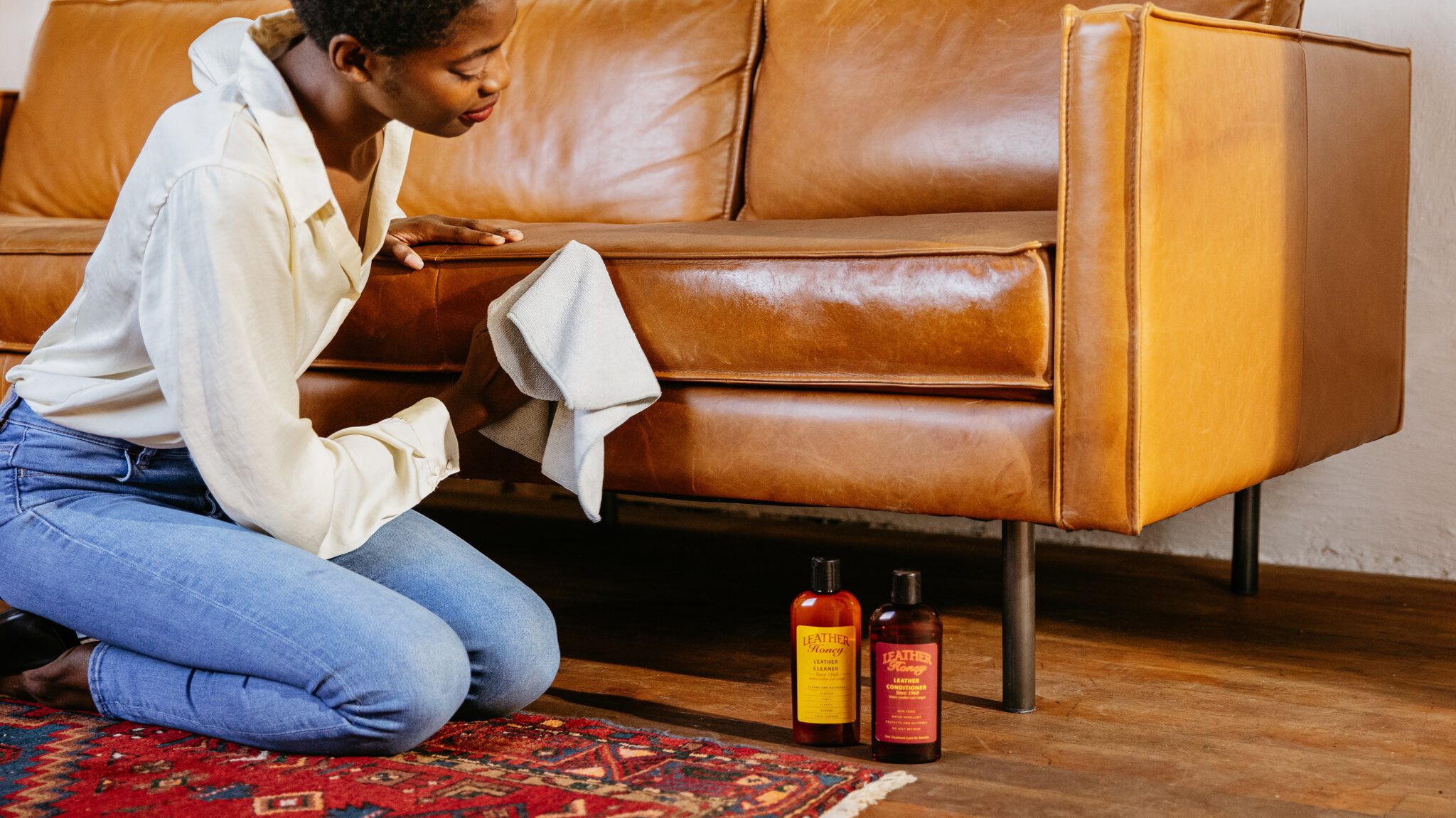

Articles
How Clean Leather Furniture
Modified: February 11, 2024
Discover the Best Way to Clean Your Leather Furniture. Keep your furniture looking new and shiny with our expert tips and tricks. Learn how to properly care for your FURNITURE today!
(Many of the links in this article redirect to a specific reviewed product. Your purchase of these products through affiliate links helps to generate commission for Storables.com, at no extra cost. Learn more)
Introduction
When it comes to furniture, leather is a popular choice for its timeless beauty, durability, and luxurious feel. Whether you have a leather sofa, chair, or ottoman, it’s essential to take proper care of your leather furniture to ensure its longevity and maintain its pristine condition.
Leather has a unique composition that requires specialized attention. Unlike other materials, leather is a natural product that needs regular cleaning and conditioning to remain supple and free from damage. In this article, we will explore the best methods to clean and maintain your leather furniture.
Understanding the nature of leather furniture is crucial before diving into the cleaning process. Leather is derived from animal hides, which are then treated and processed to transform them into the beautiful and functional material we know. There are different types of leather, such as full-grain, top-grain, and bonded leather, each with its own characteristics and maintenance requirements.
Regular cleaning is paramount to keep your leather furniture looking its best. Dust, dirt, and everyday grime can accumulate on the surface, making the leather lose its luster and feel less smooth. Additionally, spills, stains, and body oils can leave marks on the leather if not promptly addressed.
To clean your leather furniture effectively, you will need a few materials and tools. Rubber gloves will protect your hands, and microfiber cloths are gentle on the leather and help to remove dirt and debris. Distilled water should be used to prevent any mineral buildup or impurities from compromising the leather’s integrity. Leather cleaning solutions or mild soap that is specifically formulated for leather can be used to remove stains and clean the surface.
Now, let’s dive into the step-by-step process of cleaning your leather furniture:
Key Takeaways:
- Regular cleaning, proper conditioning, and preventive measures are essential for maintaining the beauty and longevity of leather furniture. Understanding the nature of leather and using the right tools are crucial for effective care.
- Dusting, stain removal, conditioning, and preventive practices are key steps in caring for leather furniture. By following these steps, you can preserve its luxurious comfort and timeless beauty for years to come.
Understanding Leather Furniture
Leather furniture is a popular choice for homeowners due to its luxurious appearance, comfort, and durability. However, not all leather is created equal. There are different types and grades of leather, each with its own unique characteristics and care requirements.
One of the most important distinctions is between genuine leather and synthetic leather. Genuine leather is made from real animal hides, such as cowhide or sheepskin. It is known for its natural beauty, softness, and ability to age gracefully. On the other hand, synthetic leather, also known as faux leather or leatherette, is a man-made material that mimics the look and feel of real leather but is usually made from synthetic fibers like PVC or polyurethane.
Within the category of genuine leather, there are various grades or types of leather. Full-grain leather is the highest quality and most natural type of leather. It is made from the top layer of the hide, which contains the strongest and most dense fibers. Full-grain leather retains its natural markings, such as scars or wrinkles, giving it a unique and authentic appearance.
Top-grain leather is another common type of leather used in furniture. It is similar to full-grain leather but has been sanded or buffed to remove any imperfections. While it may not have the same natural look as full-grain leather, top-grain leather is still durable and retains some of the original characteristics.
Bonded leather, also known as reconstituted leather, is made by blending leftover scraps of genuine leather with binding agents. It is a more affordable option but lacks the durability and natural feel of full-grain or top-grain leather.
Understanding the type of leather you have is important for proper care and maintenance. Different types of leather may require different cleaning methods and products. Always consult the manufacturer’s guidelines or seek professional advice if you are unsure about the type of leather used in your furniture.
It’s also worth noting that leather furniture requires protection from direct sunlight and heat sources. Prolonged exposure to these elements can cause the leather to fade, dry out, and crack. Consider placing your leather furniture away from windows or using curtains or blinds to prevent direct sunlight from reaching it.
Now that we have a better understanding of leather furniture, let’s move on to the importance of regular cleaning.
Importance of Regular Cleaning
Regular cleaning is essential for maintaining the beauty, durability, and longevity of your leather furniture. Leather is a natural material that can easily accumulate dust, dirt, and grime over time. Without proper care, these particles can build up and cause the leather to lose its luster and become dull.
By incorporating regular cleaning into your furniture maintenance routine, you can prevent the buildup of dirt and dust and keep your leather furniture looking fresh and vibrant. Here are some key reasons why regular cleaning is important:
- Prolongs the Life of the Leather: Leather furniture can be a significant investment, and regular cleaning helps you protect your investment by extending the lifespan of the leather. By removing dirt, dust, and other contaminants, you prevent them from wearing down the surface of the leather, preventing premature aging and deterioration.
- Maintains the Appearance: Leather furniture adds an element of sophistication and elegance to any space. Regular cleaning helps to maintain its appearance by removing stains, spills, and everyday grime. When you clean the leather regularly, it retains its natural shine and suppleness, enhancing the overall aesthetic appeal of your furniture.
- Prevents Odor Buildup: Over time, dirt and oils can accumulate on the surface of the leather, resulting in unpleasant odors. Regular cleaning prevents odor-causing particles from embedding themselves into the leather, keeping your furniture smelling fresh and clean.
- Prevents Staining and Discoloration: Leather is susceptible to staining, especially from spills and body oils. Regular cleaning removes these substances before they have a chance to penetrate the leather, preventing permanent stains and discoloration.
- Preserves the Leather’s Softness and Flexibility: Leather needs regular conditioning to prevent it from drying out and becoming stiff. Cleaning your leather furniture allows you to apply leather conditioner, which nourishes the leather, keeping it soft and supple.
It’s important to note that regular cleaning should be done using gentle methods and products specifically designed for leather. Harsh chemicals or abrasive cleaning agents can damage the leather’s surface, leading to discoloration or even cracking. Always follow the manufacturer’s guidelines or seek professional advice when cleaning your leather furniture.
Now that you understand the importance of regular cleaning, let’s move on to the materials and tools needed for proper leather furniture care.
Materials and Tools Needed
When it comes to cleaning and caring for your leather furniture, having the right materials and tools is crucial. Using the correct products and equipment will ensure that you effectively clean your leather without causing any damage. Here are the essential materials and tools you will need:
- Microfiber Cloths: Microfiber cloths are gentle and lint-free, making them ideal for cleaning delicate surfaces like leather. They effectively remove dirt, dust, and grime without scratching or damaging the leather.
- Leather Cleaning Solutions: Look for a leather cleaning solution that is specifically formulated for use on furniture. Avoid using harsh chemicals or household cleaners that can strip the leather of its natural oils and cause discoloration. Instead, opt for mild and pH-balanced cleaners that are gentle on the leather.
- Distilled Water: When cleaning your leather furniture, it’s best to use distilled water instead of tap water. Tap water can contain minerals and impurities that may leave residues on the leather’s surface. Distilled water helps prevent any potential mineral buildup and keeps the leather looking clean and fresh.
- Leather Conditioner: Leather conditioner is vital for maintaining the softness and flexibility of the leather. Look for a conditioner that is compatible with your specific type of leather. Conditioning the leather restores moisture and helps prevent it from drying out and cracking.
- Rubber Gloves: Protect your hands by wearing rubber gloves during the cleaning process. Gloves will prevent any cleaning solution or conditioner from coming into direct contact with your skin and also provide a better grip when handling the furniture.
It’s important to note that different types of leather may have specific care instructions or require specialized products. Refer to the manufacturer’s guidelines or consult a professional for recommendations tailored to your specific leather furniture.
Now that you have the necessary materials and tools ready, let’s move on to the step-by-step process of cleaning your leather furniture.
Step 1: Dusting the Furniture
Before diving into a deeper clean, it’s essential to start by removing any surface dust and debris from your leather furniture. Dust can accumulate over time and make the leather appear dull and lackluster. Here’s how you can effectively dust your leather furniture:
- Prepare the Surface: Start by preparing the surface of the leather furniture. Remove any loose pillows, blankets, or other items from the furniture to access the entire surface for dusting.
- Use a Soft Brush or Vacuum: You can either use a soft brush or a vacuum cleaner with a soft brush attachment to gently remove the dust. If using a brush, ensure it has soft bristles to prevent scratching the leather. Brush the surface of the furniture in small, circular motions to lift and remove the dust. If using a vacuum cleaner, set it to the lowest suction setting and gently run the brush attachment across the leather surface.
- Foam Sponge Method: Another effective way to remove dust is by using a dry foam sponge. Lightly press the sponge against the leather and move it in a sweeping motion to pick up dust particles. This method is suitable for delicate leather that may be prone to scratching.
- Pay Attention to Crevices: Pay special attention to crevices, seams, and hard-to-reach areas where dust can accumulate. Use a small soft brush or a soft toothbrush to gently brush away any dust in these areas.
- Microfiber Cloth: After dusting the entire surface, use a clean microfiber cloth to gently wipe down the furniture. This will help remove any remaining dust particles and leave the leather looking clean and refreshed.
It’s important to be gentle when dusting your leather furniture to avoid causing any damage. Avoid using rough materials, abrasive brushes, or excessive force that could scratch or harm the leather. Take your time and ensure you cover all areas of the furniture.
Once you have completed the dusting process, you can move on to the next step, which is removing stains from your leather furniture.
To clean leather furniture, use a mild soap and water solution to gently wipe down the surface. Avoid using harsh chemicals or abrasive materials that can damage the leather. Always test a small, hidden area first.
Read more: How To Store Leather Furniture
Step 2: Removing Stains
Stains are inevitable, especially on leather furniture that is constantly used and exposed to various substances. Whether it’s spilled coffee, ink marks, or food stains, it’s essential to address them promptly to prevent them from setting into the leather. Here’s how you can effectively remove stains from your leather furniture:
- Identify the Stain Type: Different types of stains require different cleaning methods. Identify the type of stain on your leather furniture, whether it’s water-based, oil-based, or ink-based, to determine the best approach for removing it. You can refer to stain removal guides specifically meant for leather or consult a professional if you are unsure.
- Blot the Stain: For liquid-based stains, start by gently blotting the affected area with a clean and dry microfiber cloth. Avoid rubbing the stain, as it can spread and deepen into the leather. Blotting helps absorb the liquid and prevents further saturation.
- Clean with a Mild Solution: For water-based stains, such as spills or light stains, you can create a mild cleaning solution by mixing a few drops of mild liquid soap with distilled water. Use a clean microfiber cloth soaked in the solution and gently clean the stained area using circular motions. Avoid excessive rubbing or scrubbing, as it can damage the leather.
- Oil-based Stain Removal: For oil-based stains, such as grease or body oil marks, sprinkle a small amount of baking soda or cornstarch over the stain. Allow it to sit for a few hours or overnight so that the powder can absorb the oil. Gently brush off the powder and use a clean microfiber cloth to wipe away any residue.
- Ink Stain: Ink stains can be challenging to remove from leather furniture. It’s best to consult a professional for delicate and stubborn ink stains. However, for fresh ink stains, you can try gently dabbing the stain with a cotton ball soaked in rubbing alcohol. Avoid using excessive alcohol, as it can dry out the leather. Once the stain has lifted, clean the area with a mild soap solution and a microfiber cloth.
It’s worth mentioning that not all stains can be completely removed, especially if they have penetrated deep into the leather. In some cases, professional cleaning may be required to address stubborn or set-in stains. Always test any cleaning solution or method on a small inconspicuous area of your leather furniture before applying it to the stained area.
After removing the stains, move on to the next step which involves conditioning the leather to keep it soft and supple.
Step 3: Conditioning the Leather
Conditioning leather is crucial for maintaining its softness, suppleness, and overall health. Over time, leather can dry out and become prone to cracks and stiffness. Conditioning helps restore moisture, nourish the leather, and protect it from these potential issues. Here’s how you can condition your leather furniture:
- Choose the Right Conditioner: Select a high-quality leather conditioner that is compatible with your specific type of leather. Read the manufacturer’s instructions and ensure that the conditioner does not contain any harmful ingredients that can damage the leather. You can find leather conditioners in the form of creams, lotions, or sprays.
- Prepare the Leather: Before applying the conditioner, clean the leather surface thoroughly to remove any dust, debris, or remaining stains. Use a microfiber cloth or a mild soap solution to gently clean the leather, ensuring that it’s completely dry before moving on to the next step.
- Apply the Conditioner: Take a small amount of leather conditioner and apply it to a clean microfiber cloth. Gently massage the conditioner into the leather using circular motions. Pay extra attention to areas that are more prone to drying, such as the arms and seat cushions. Ensure an even application, but avoid saturating the leather with excessive conditioner.
- Let it Absorb: Allow the conditioner to absorb into the leather for the recommended amount of time specified by the manufacturer. This typically ranges from a few minutes to an hour. During this time, the leather will soak up the conditioner, replenishing its moisture and enhancing its flexibility.
- Buff and Remove Excess: After the conditioning time has elapsed, use a clean microfiber cloth to gently buff the leather. This removes any excess conditioner, leaving a smooth and polished finish. Ensure that you remove all residue to prevent any greasiness or stickiness on the surface.
Conditioning leather furniture should be done regularly to keep it in optimal condition. The frequency of conditioning depends on factors such as the type of leather, the climate, and the amount of use the furniture receives. As a general guideline, conditioning every six to twelve months is recommended, but consult the manufacturer’s instructions for specific guidance.
Now that you have conditioned the leather, let’s move on to the final step, which involves preventing future damage to your leather furniture.
Step 4: Preventing Future Damage
Taking preventive measures is key to maintaining the pristine condition of your leather furniture and prolonging its lifespan. By implementing some simple practices, you can minimize the risk of future damage and keep your leather furniture looking beautiful for years to come. Here’s how you can prevent future damage:
- Avoid Direct Sunlight: Leather is vulnerable to sun damage, which can cause fading, drying, and cracking. Place your leather furniture away from direct sunlight or use curtains, blinds, or UV-protective window film to shield it from the harmful rays.
- Protect from Heat Sources: Excessive heat can also damage leather, causing it to dry out and shrink. Keep your leather furniture away from direct heat sources such as radiators, fireplaces, and heating vents.
- Use Furniture Covers: Consider using furniture covers or throws to provide an extra layer of protection against spills, stains, and pet damage. This is especially important if you have young children or pets who may be prone to accidents.
- Regularly Clean and Dust: Maintain a routine of regular cleaning and dusting to prevent the build-up of dirt, grime, and dust particles. This will help maintain the appearance and prevent any potential damage caused by abrasion or scratching.
- Minimize Sharp Objects: Keep sharp objects, such as scissors, keys, or toys with sharp edges, away from your leather furniture. They can cause scratches or tears in the leather surface.
- Prevent Spills: Be mindful of food and drink spills around your leather furniture. Promptly clean up any spills with a clean, absorbent cloth to prevent them from seeping into the leather and causing stains.
- Be Gentle: When sitting or resting on your leather furniture, avoid sharp movements, jumping, or sitting with keys or sharp objects in your pockets. These actions can put unnecessary strain on the leather, leading to wrinkles, creases, or tears.
By following these preventive measures, you can significantly reduce the risk of damage to your leather furniture and maintain its beauty and functionality for years to come. A little extra care and attention can go a long way in preserving the appeal and longevity of your investment.
To conclude, regular cleaning, proper conditioning, and preventive measures are essential for caring for your leather furniture. By incorporating these steps into your maintenance routine, you can enjoy the luxurious comfort and timeless beauty of your leather furniture for many years.
Conclusion
Proper care and maintenance are vital for preserving the beauty, durability, and longevity of your leather furniture. By understanding the nature of leather, the importance of regular cleaning, and using the right materials and tools, you can keep your furniture looking its best for years to come.
Dusting the furniture regularly helps remove surface dirt and prevents it from dulling the leather’s appearance. Removing stains promptly with appropriate cleaning solutions ensures they don’t become permanent and compromise the leather’s integrity. Conditioning the leather keeps it soft, supple, and resistant to drying and cracking.
Taking preventive measures, such as protecting your furniture from direct sunlight and heat sources, using furniture covers, and practicing gentle use, can help prevent future damage. By implementing these simple steps, you can maintain the pristine condition of your leather furniture and extend its lifespan.
Remember to consult the manufacturer’s guidelines or seek professional advice if you have any doubts about the proper care and cleaning of your specific type of leather furniture. Each type of leather may have its own unique requirements, and it’s essential to tailor your cleaning and maintenance routine accordingly.
By investing time and effort in caring for your leather furniture, you can continue to enjoy its luxurious comfort and timeless elegance for many years to come. So, take care of your leather furniture, and it will reward you with its enduring charm and durability.
Frequently Asked Questions about How Clean Leather Furniture
Was this page helpful?
At Storables.com, we guarantee accurate and reliable information. Our content, validated by Expert Board Contributors, is crafted following stringent Editorial Policies. We're committed to providing you with well-researched, expert-backed insights for all your informational needs.
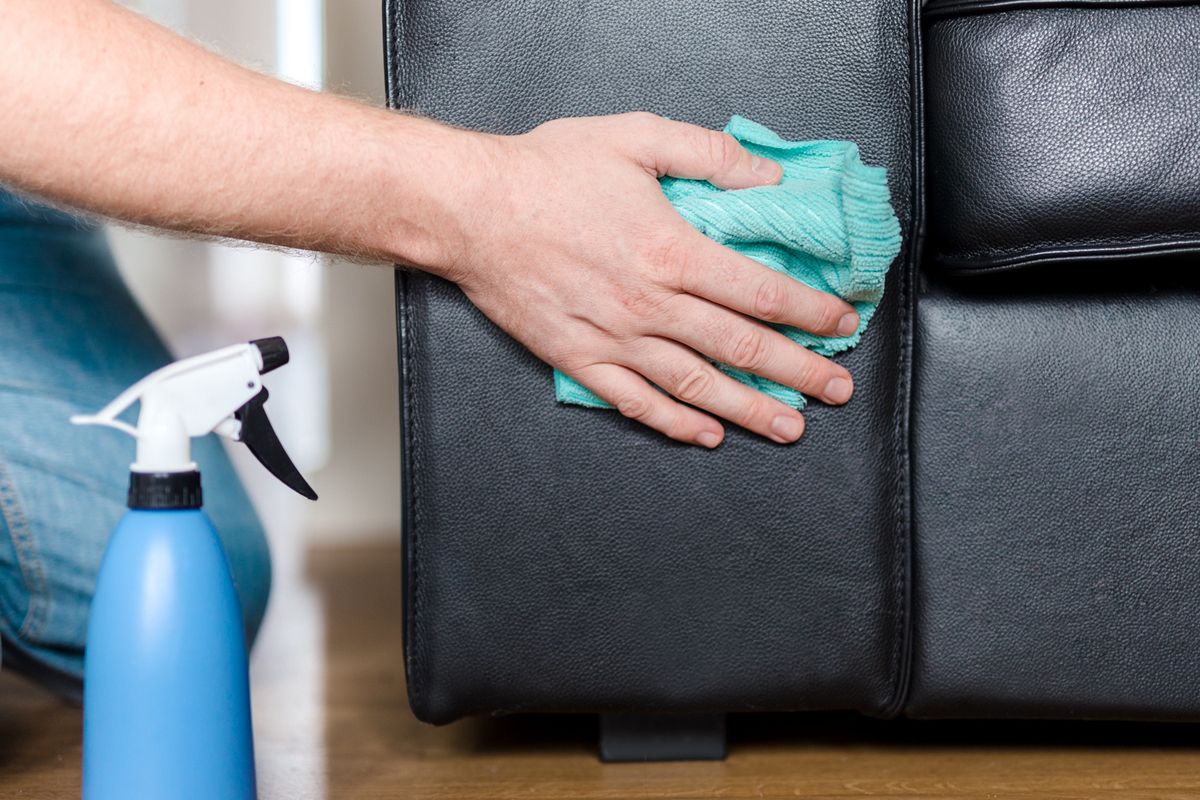

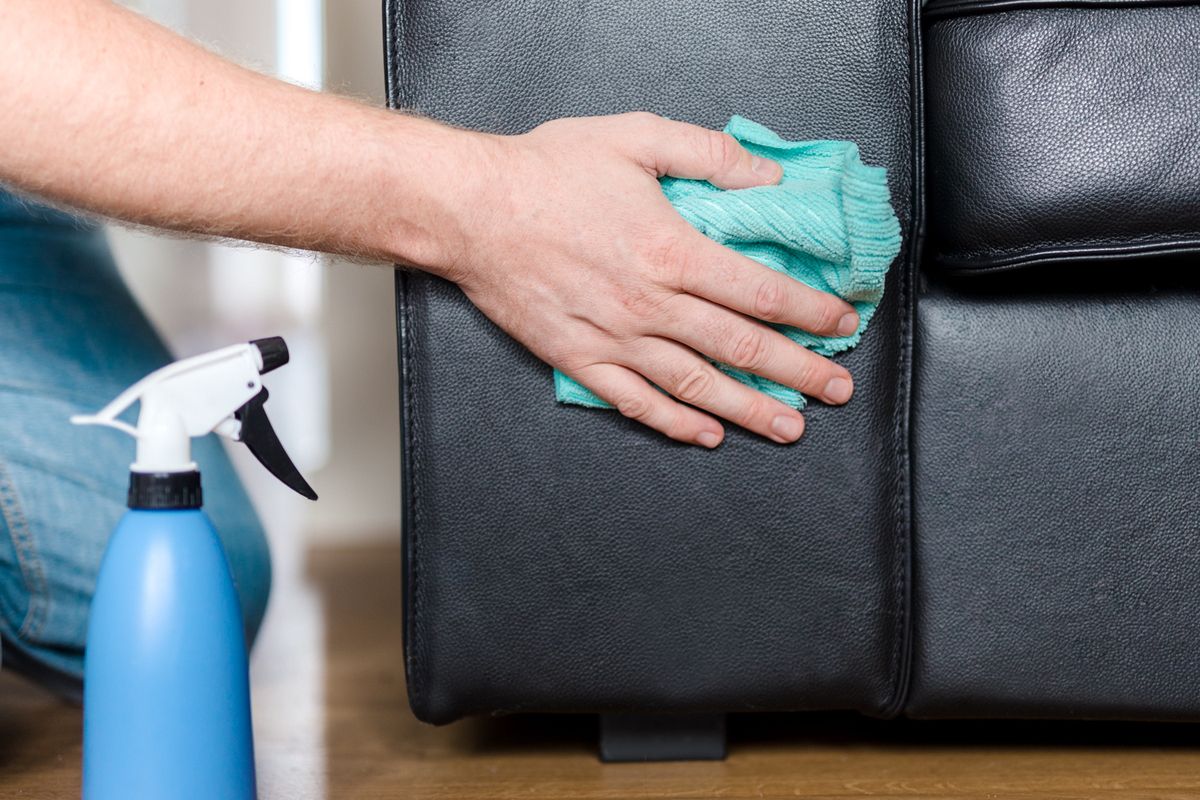
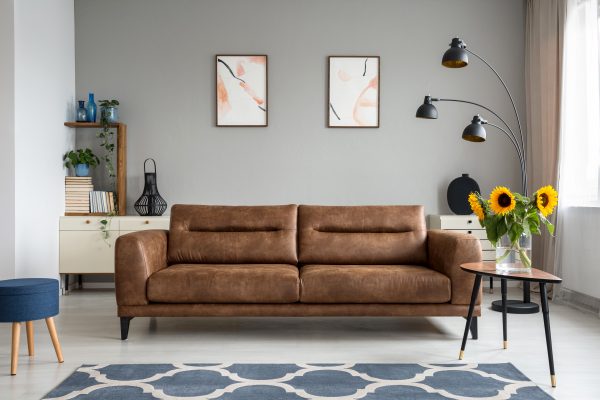
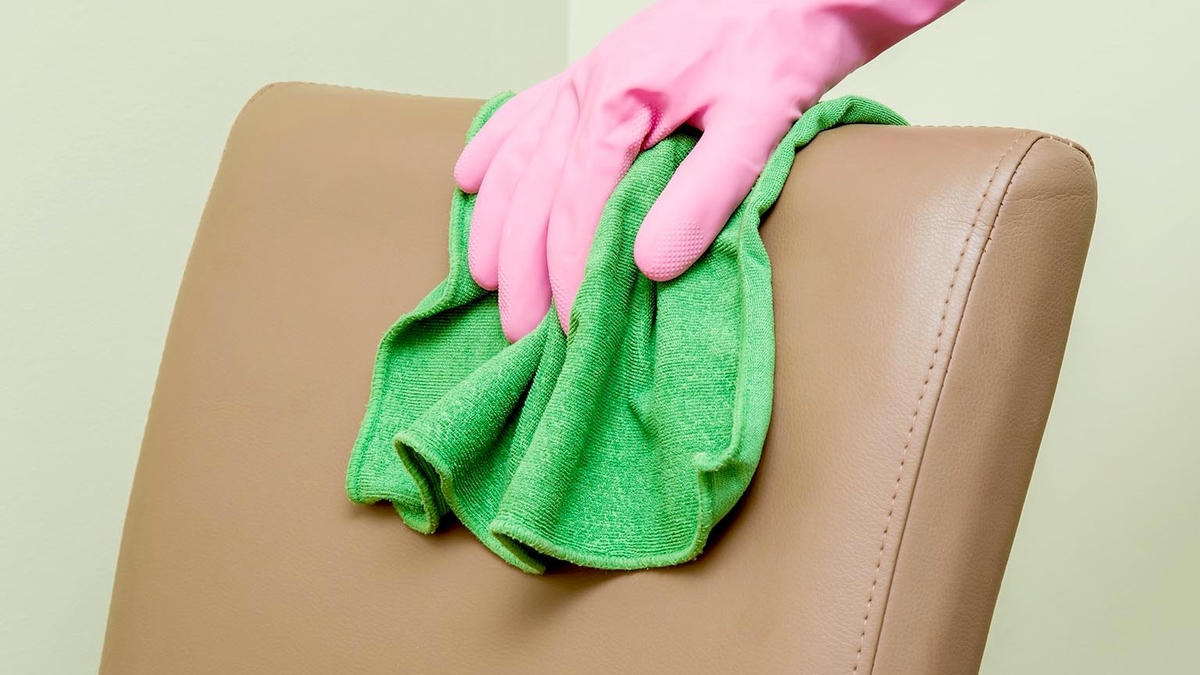
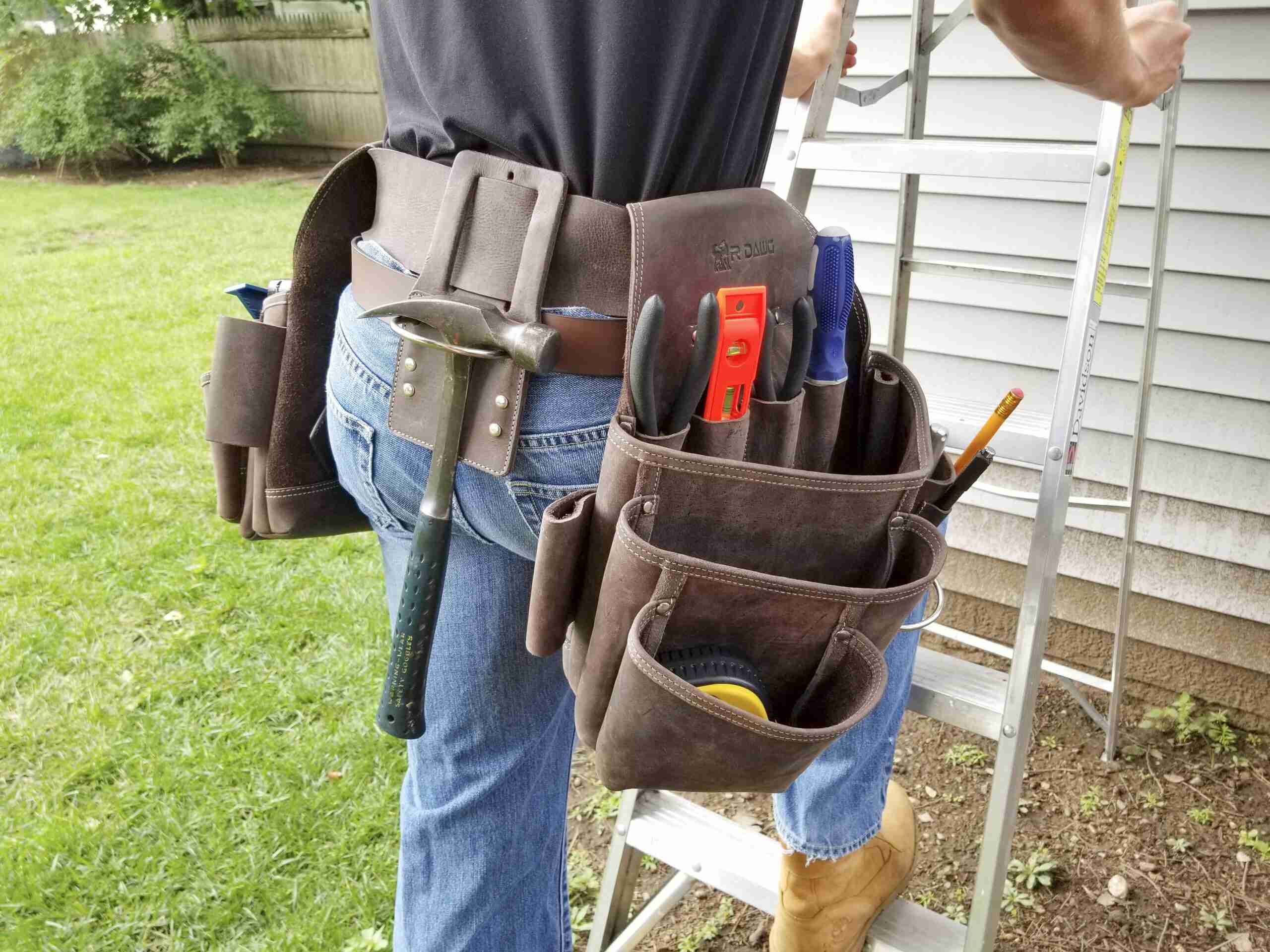
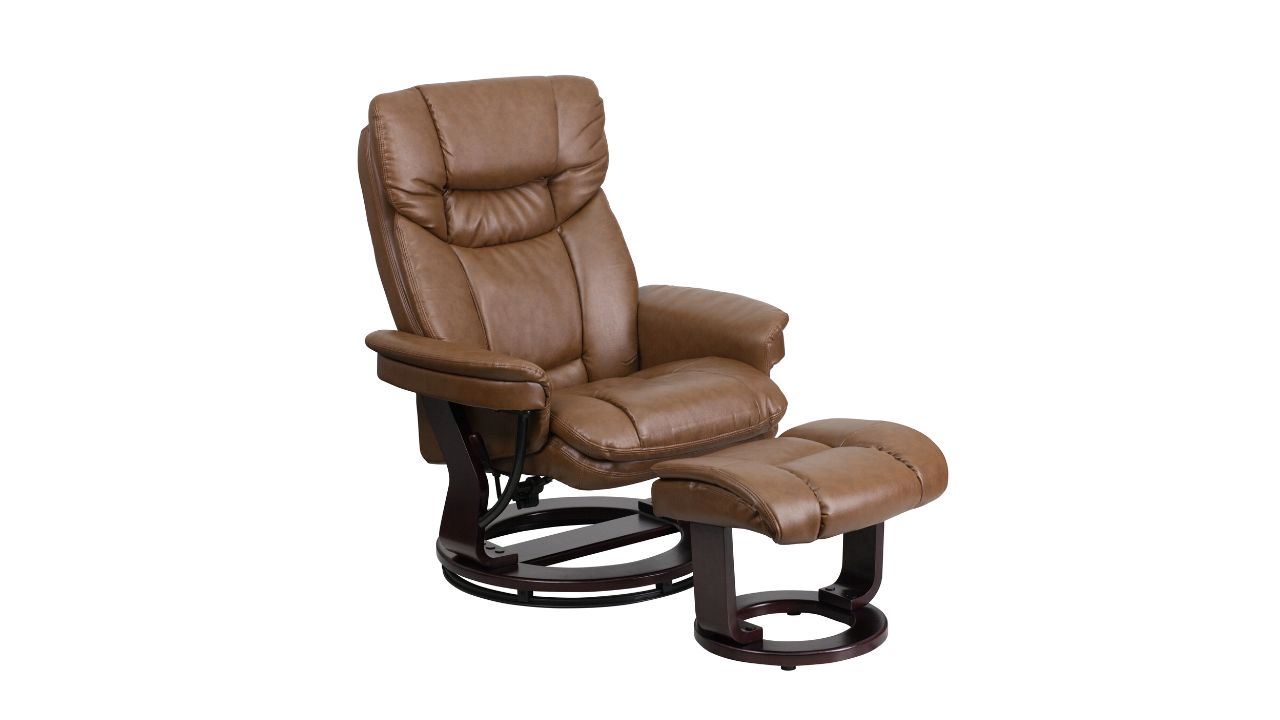

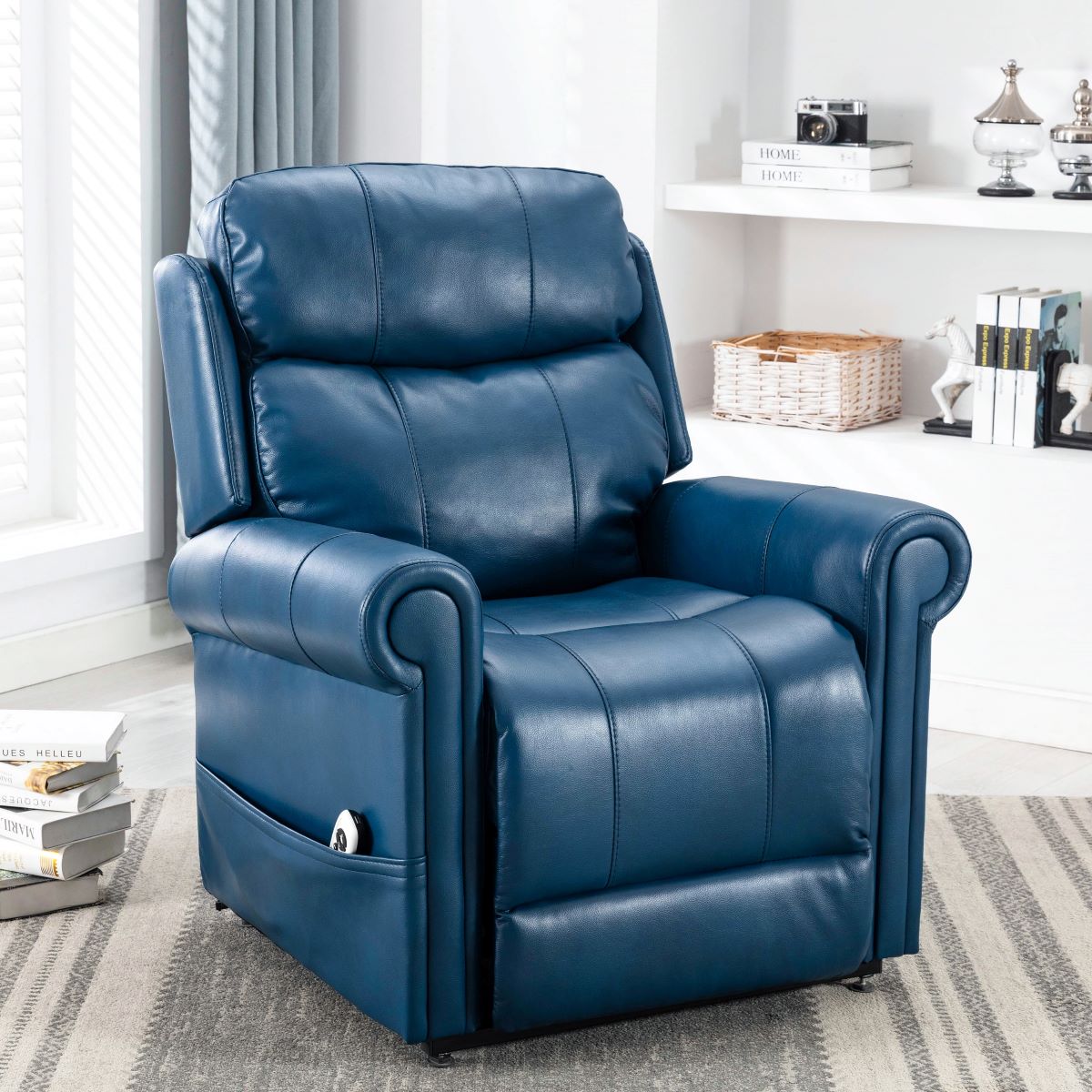
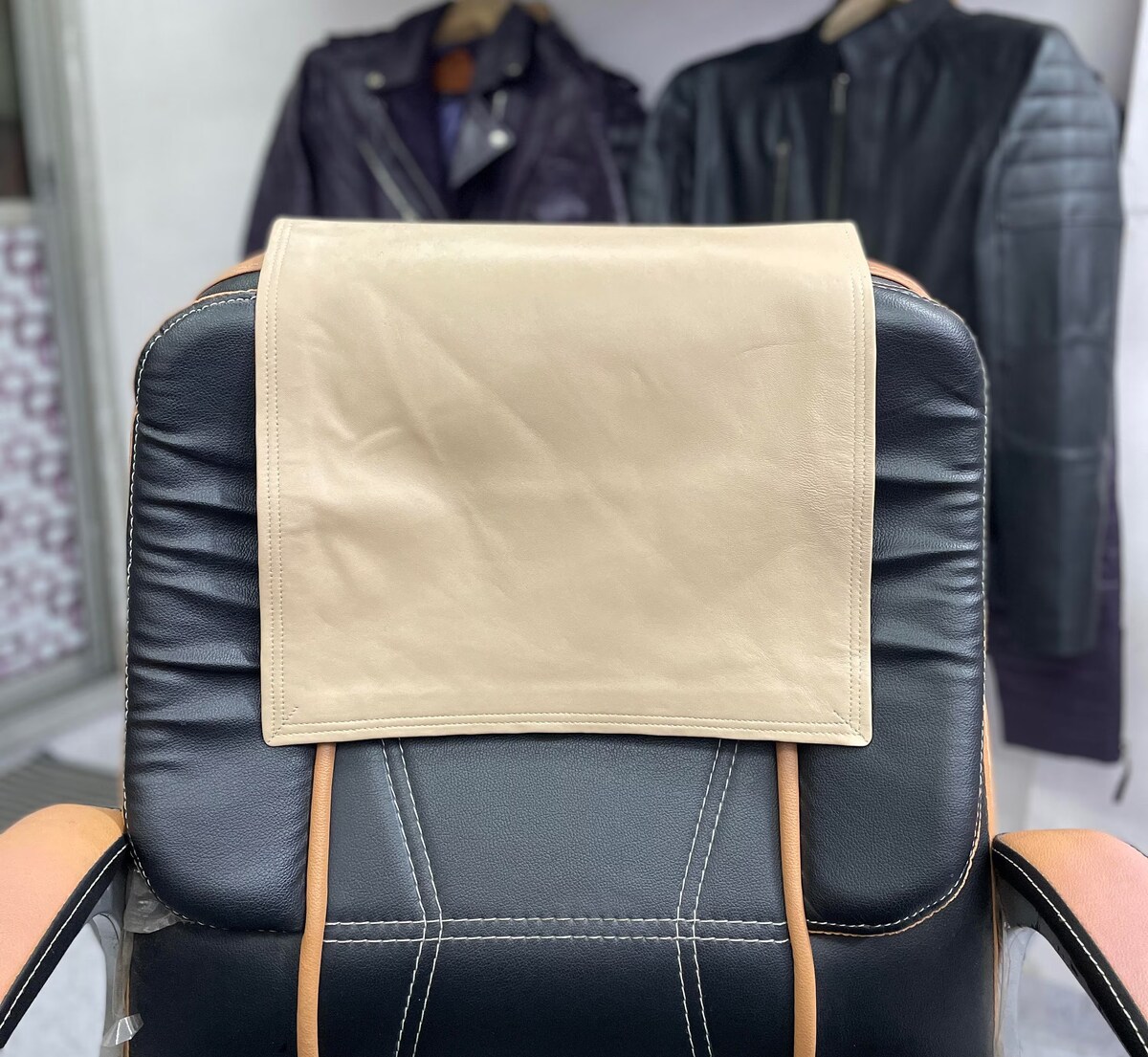
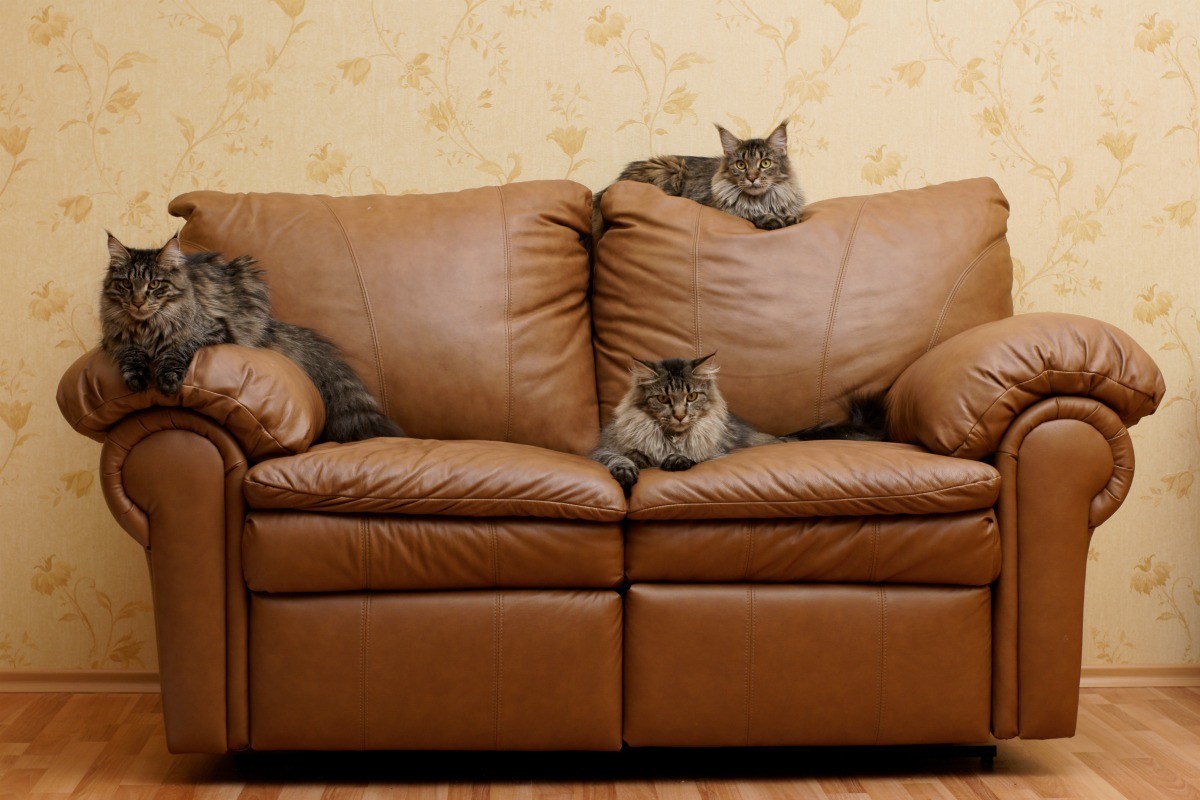
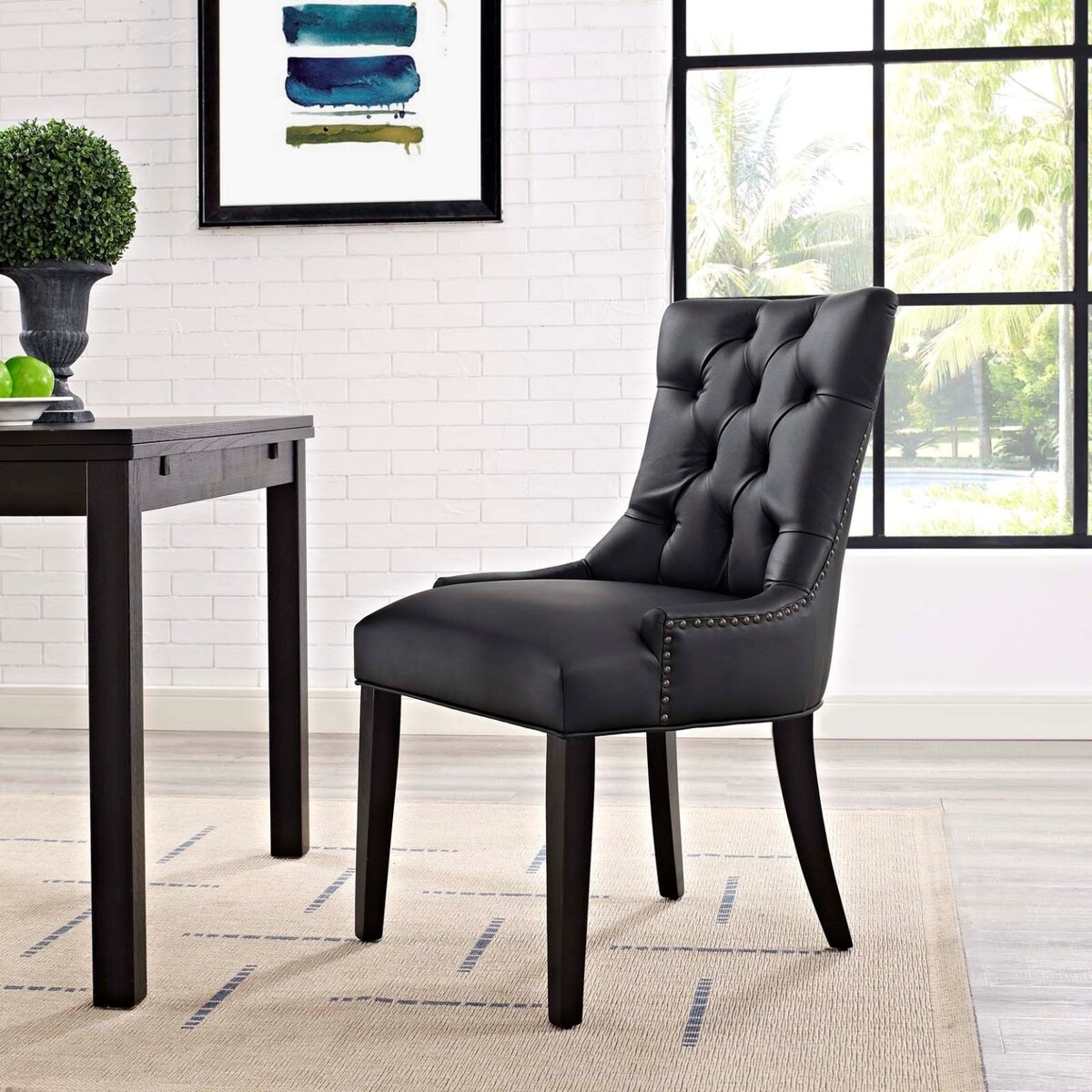

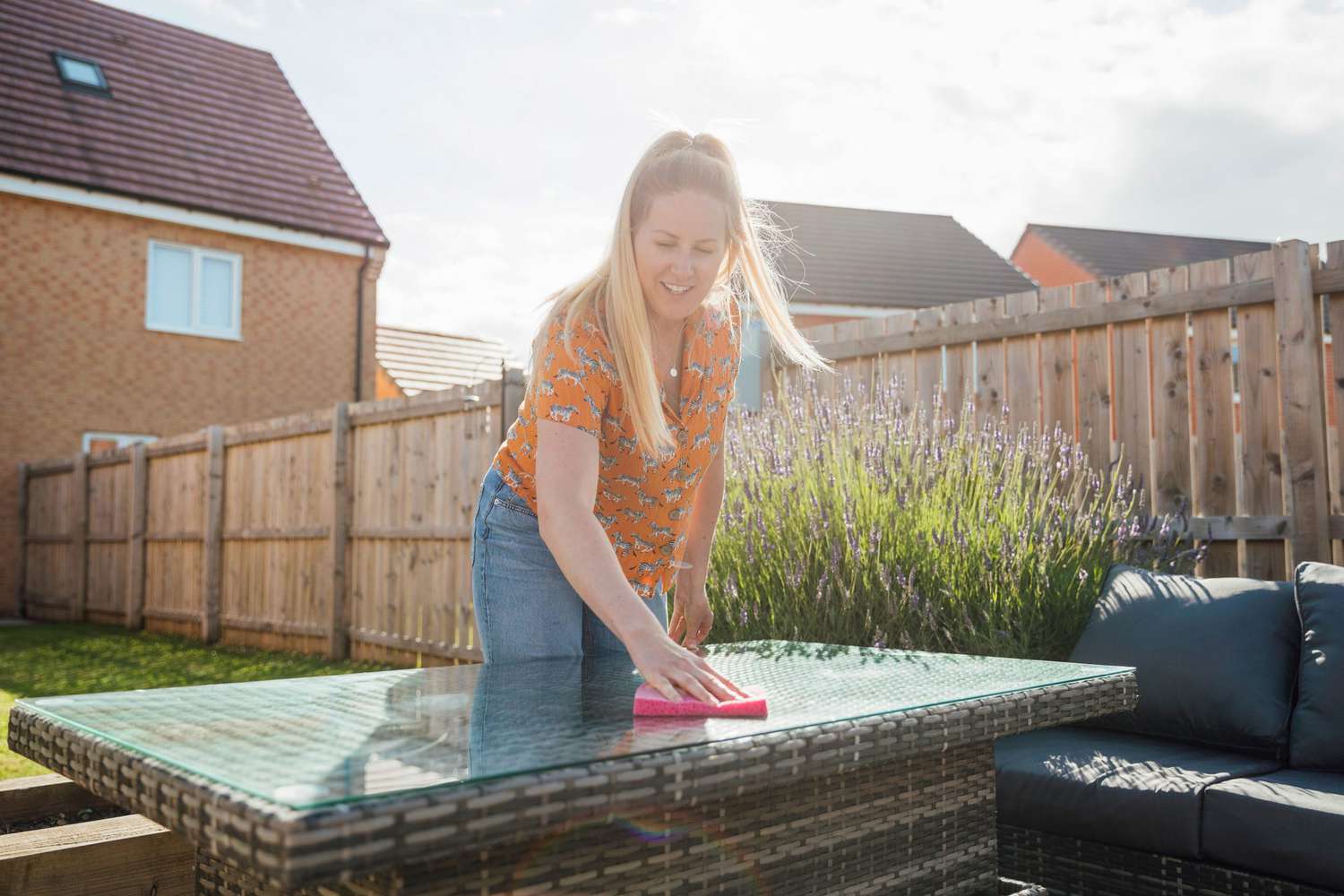

0 thoughts on “How Clean Leather Furniture”